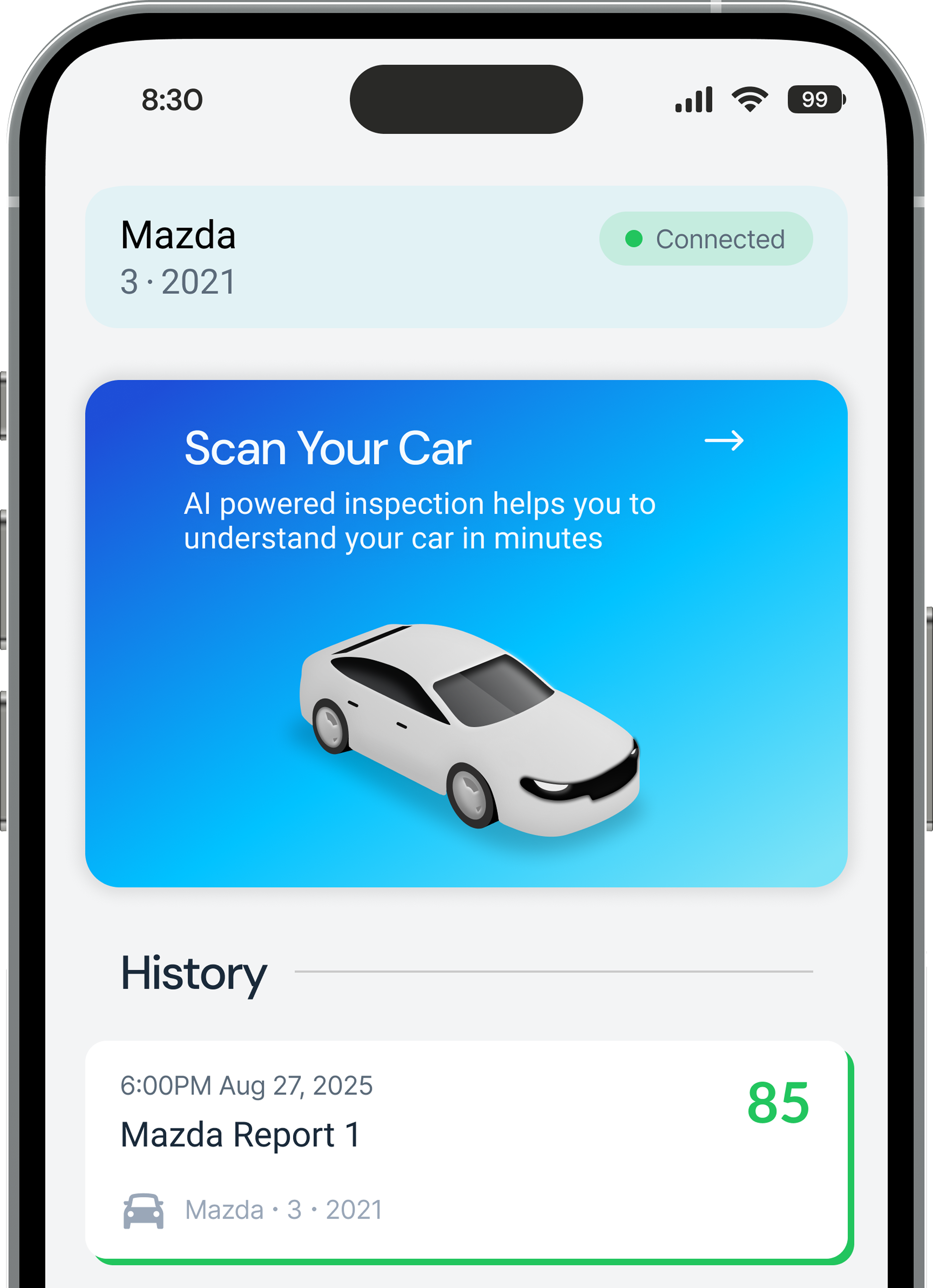
October 19, 2025

When you start your car and hear a weird noise, it’s usually your car’s way of saying something’s not right.
It could be a loose belt, a weak battery, or even something more serious like timing chain wear.
Before rushing to a repair shop, you can actually find the cause yourself with an OBD2 scanner—or even better, an AI-powered diagnostic tool like CarMind.
Different noises tell different stories:
👉 Write down when the noise happens (cold start, warm start, only after sitting overnight, etc.). This helps narrow down the root cause later.
If your Check Engine Light is on, plug in an OBD2 scanner right away.
With CarMind, you don’t need to interpret these codes yourself—its AI automatically explains what each code means, how serious it is, and whether it’s safe to keep driving.
If you want to go deeper:
💡 Tip: CarMind’s AI mode can automatically analyze these live values and highlight abnormal trends for you—perfect for beginners.
Some causes are easy to check without tools:
After scanning with CarMind, you’ll get a diagnosis report that includes:
Whether it’s a minor issue or something that needs a mechanic, you’ll know the next step confidently.
Weird noises at startup are like your car’s morning complaints—they’re warnings, not mysteries.
With an OBD2 scanner or CarMind’s AI inspection, you can find out what’s wrong before it becomes expensive—and save yourself a stressful trip to the repair shop.
Find the right job faster with AI-powered matching, real-time updates, and powerful insights.
Check your car's health
Identify hidden issues
